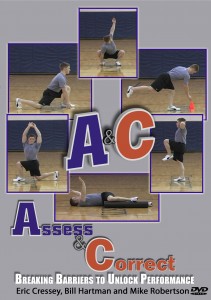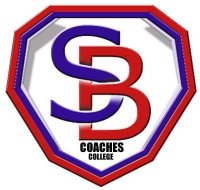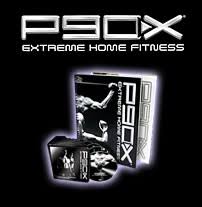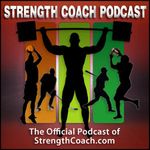Often times in sports, there’s always an athlete who is perceived to be in a class all their own. In hockey, Wayne Gretzky and Bobby Orr will always be considered two of the best to ever play the game.
Today, guys like Sidney Crosby and Alexander Ovechkin are leading way as the world’s elite on skates. In other sports, there’s golf’s Tiger Woods, basketball’s Lebron James and football’s Tom Brady, to name a few.
Obviously, every one of these players is an extremely talented and gifted individual. However, talent alone isn’t what makes these players successful. Each of them has an outstanding work ethic that helps them maximize their given talents and elevates them above everyone else. They’ve also spent countless hours practicing and trying to perfect their game.
In the great Malcom Gladwell book, “Outliers,” he refers to the “10,000-hour rule,” which says that the greatest performers in most professions have spent more than 10,000 hours practicing and working on their crafts by the time they’re a young adult.
Not only does this apply to sports, but other professions as well. However, the greatest athletes and other professionals will go above and beyond 10,000 hours. They’ll spend more time working on their weaknesses, as well as their strengths. What are they doing during these 10,000-plus hours? They’re simply practicing to get better. The best people in any profession will always have a beginner’s mind.
A great example of an athlete who’s put in his 10,000 hours at an early age and continues to go above and beyond is Tiger, arguably the best to ever step foot on a golf course because of his relentless passion to improve.
Last August, after winning the Firestone golf tournament in Ohio on a Sunday afternoon, he was at the driving range of the PGA Championship course in Minnesota at 6:30 the very next morning. The PGA Championship didn’t start until Thursday (It’s important to note that I’m not recommending kids specialize in one sport at a young age like Tiger did; I’m simply referring to his current work ethic and practice habits.).
Brian Tracy, a great self-help book author, advocates finding out who the most successful people are in your field, and then mimic their habits and approach to that particular craft. There’s no reason why you can’t work as hard – if not harder – as the better players.
In hockey, what are some of the daily habits that the more successful players embrace? Are they getting on the ice before everyone else and practicing one-timers? Are they staying on the ice later than everyone else to work on their skating? Are they watching video of their opponents or themselves? Or, are they doing something off of the ice to help them gain an edge? Maybe it’s a combination of all of those things.
Whatever it is that the better players are doing, you should try to emulate them the best you can and then apply the same level of work ethic and commitment to excellence.




